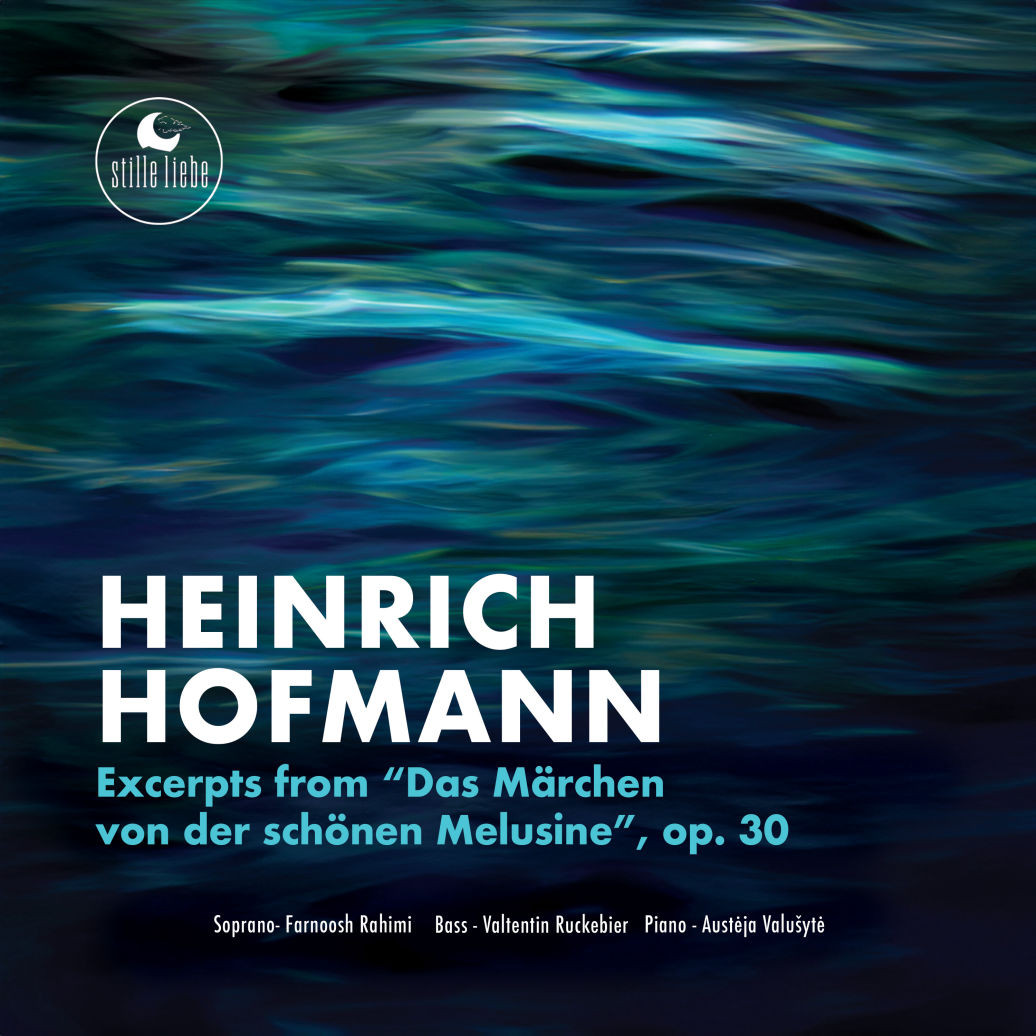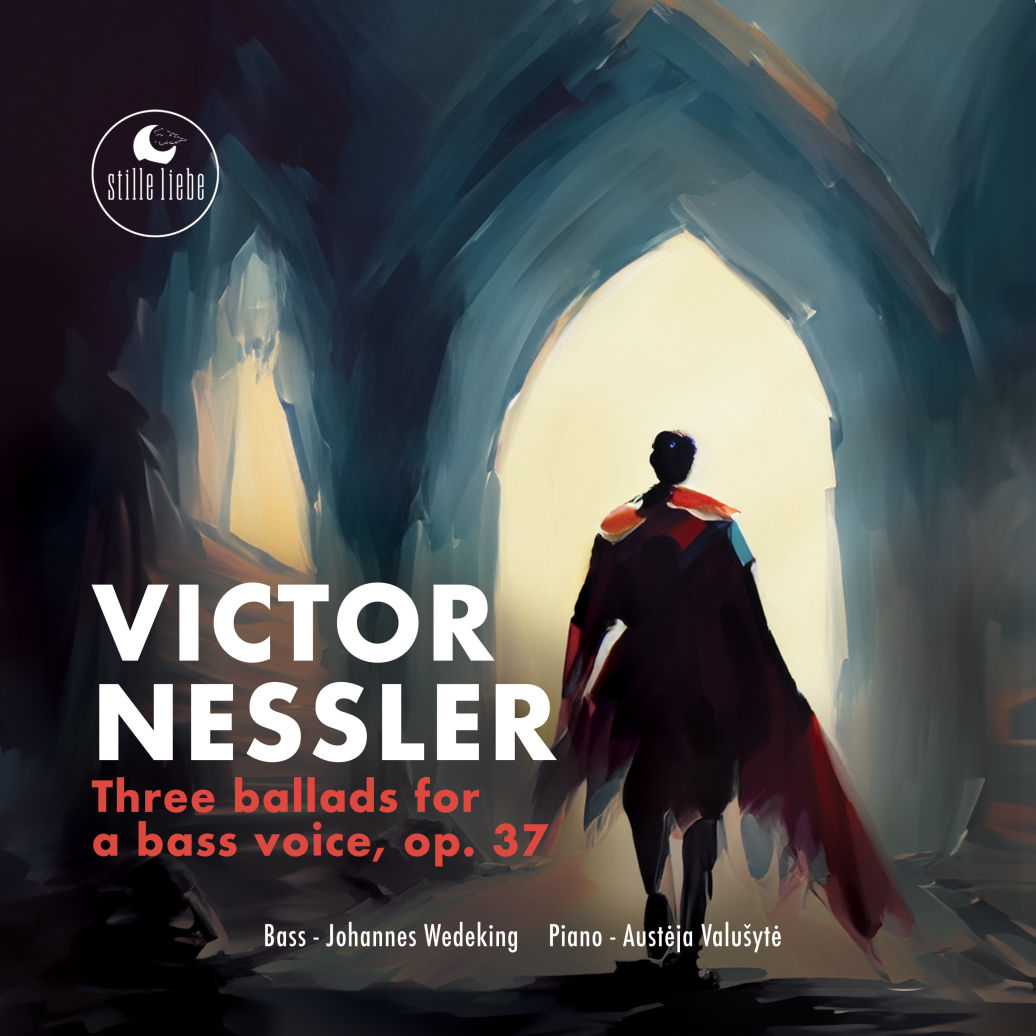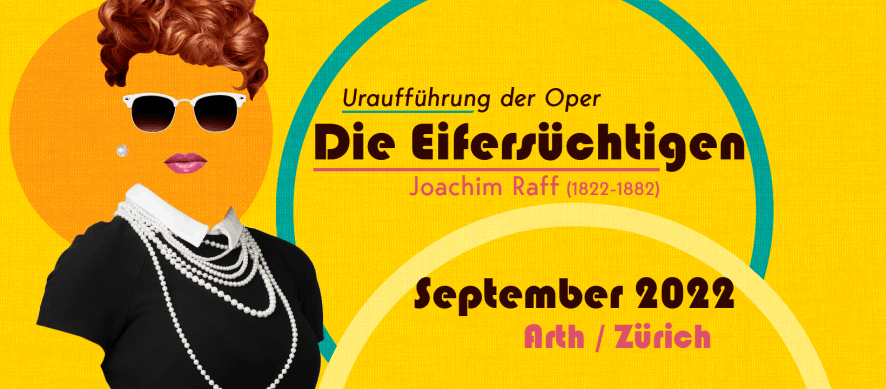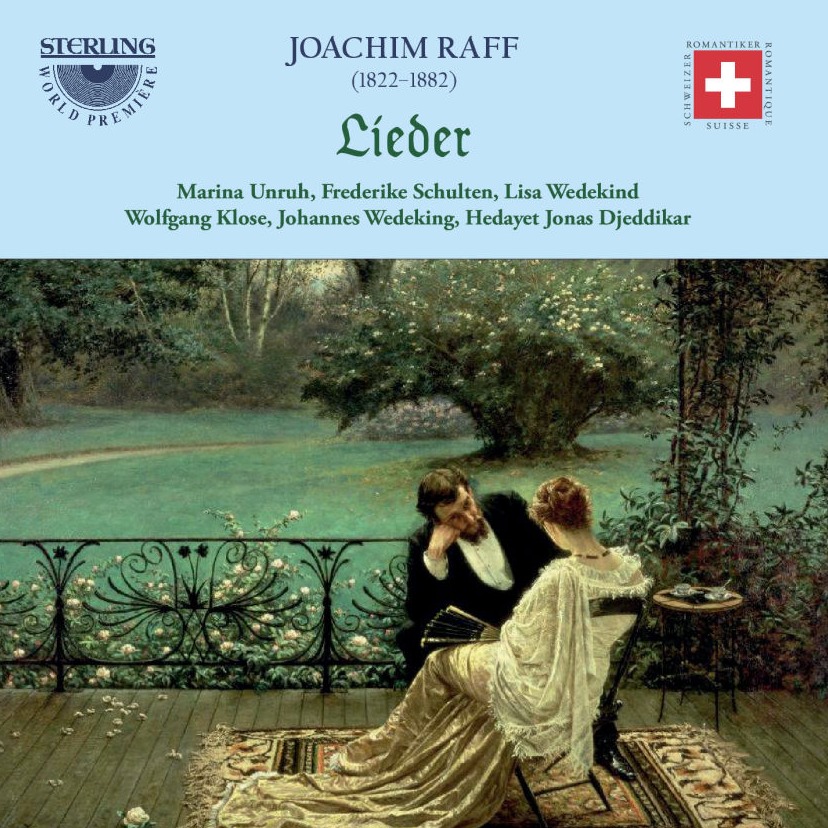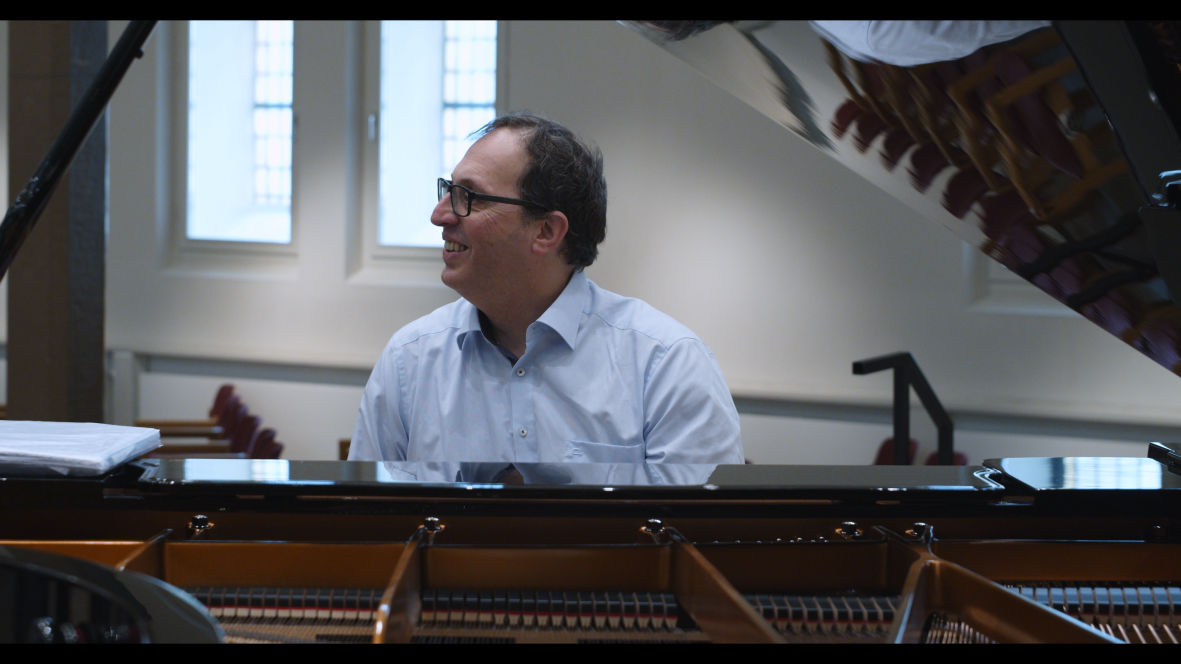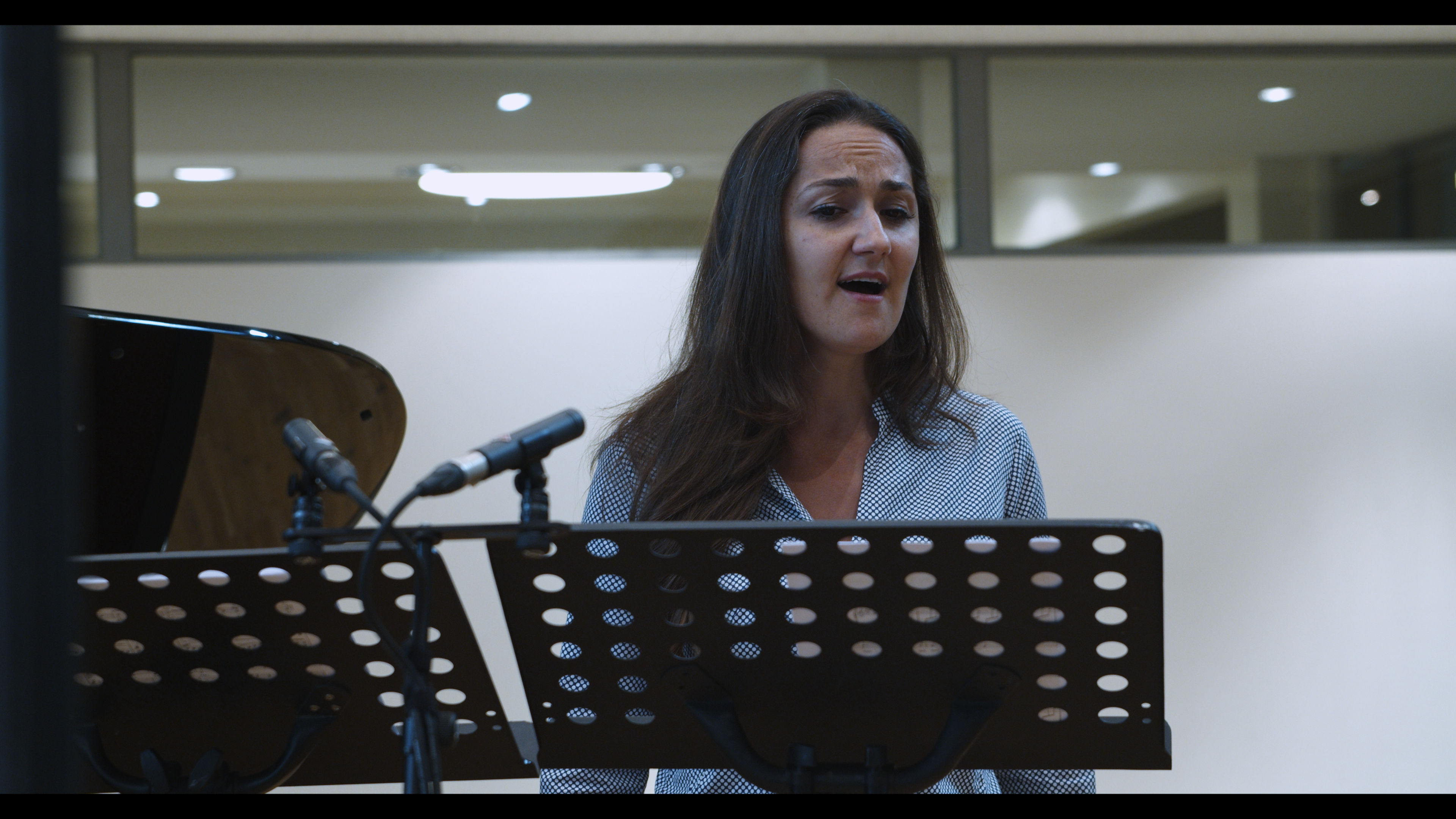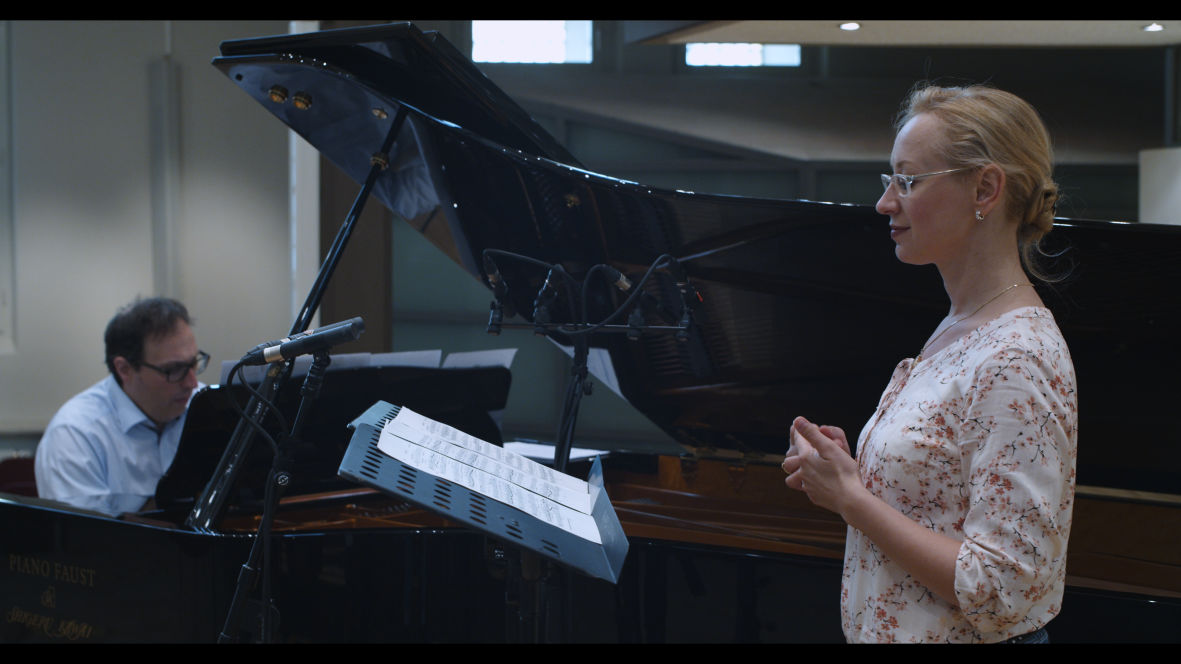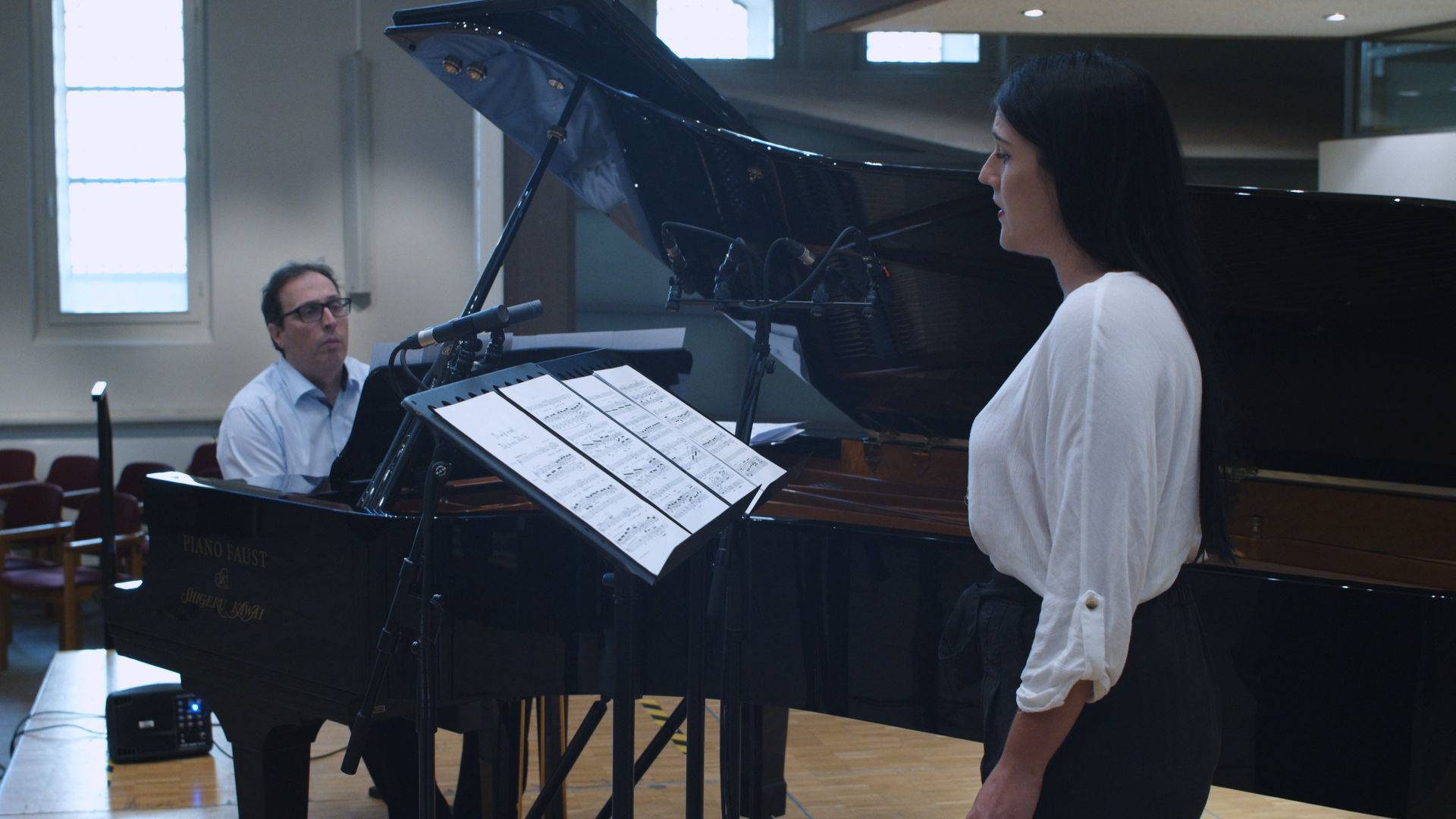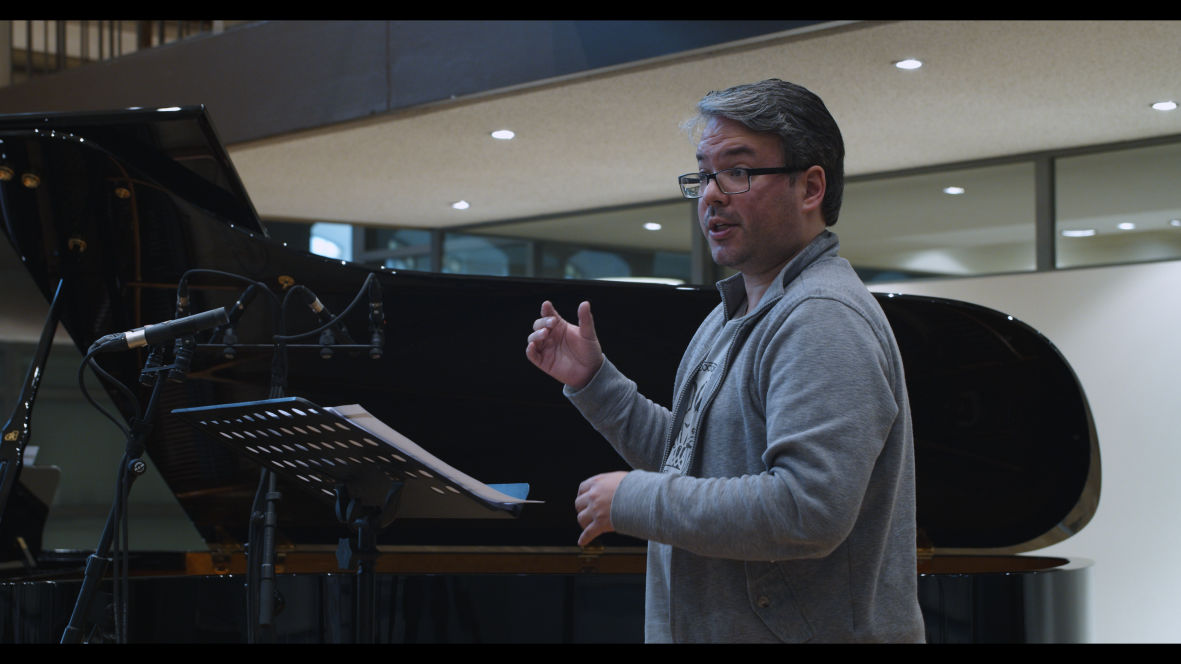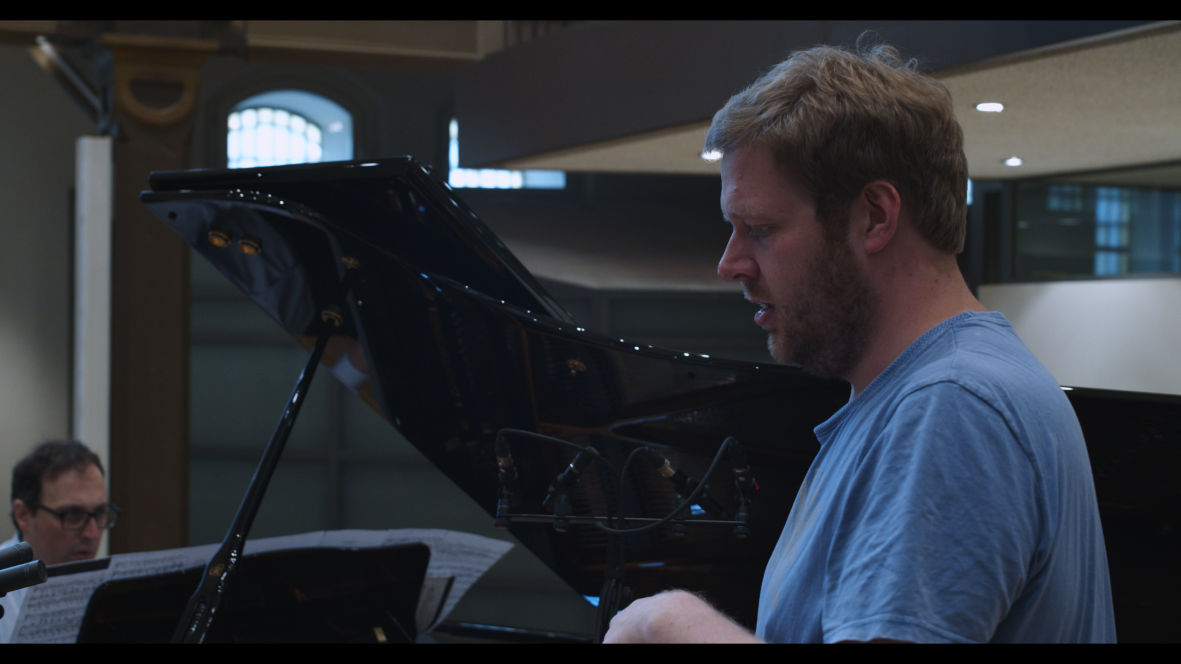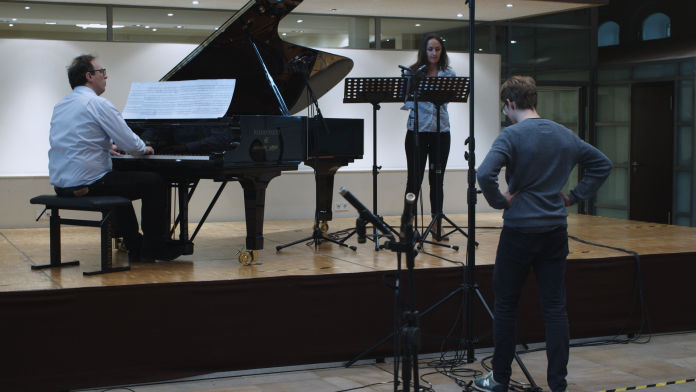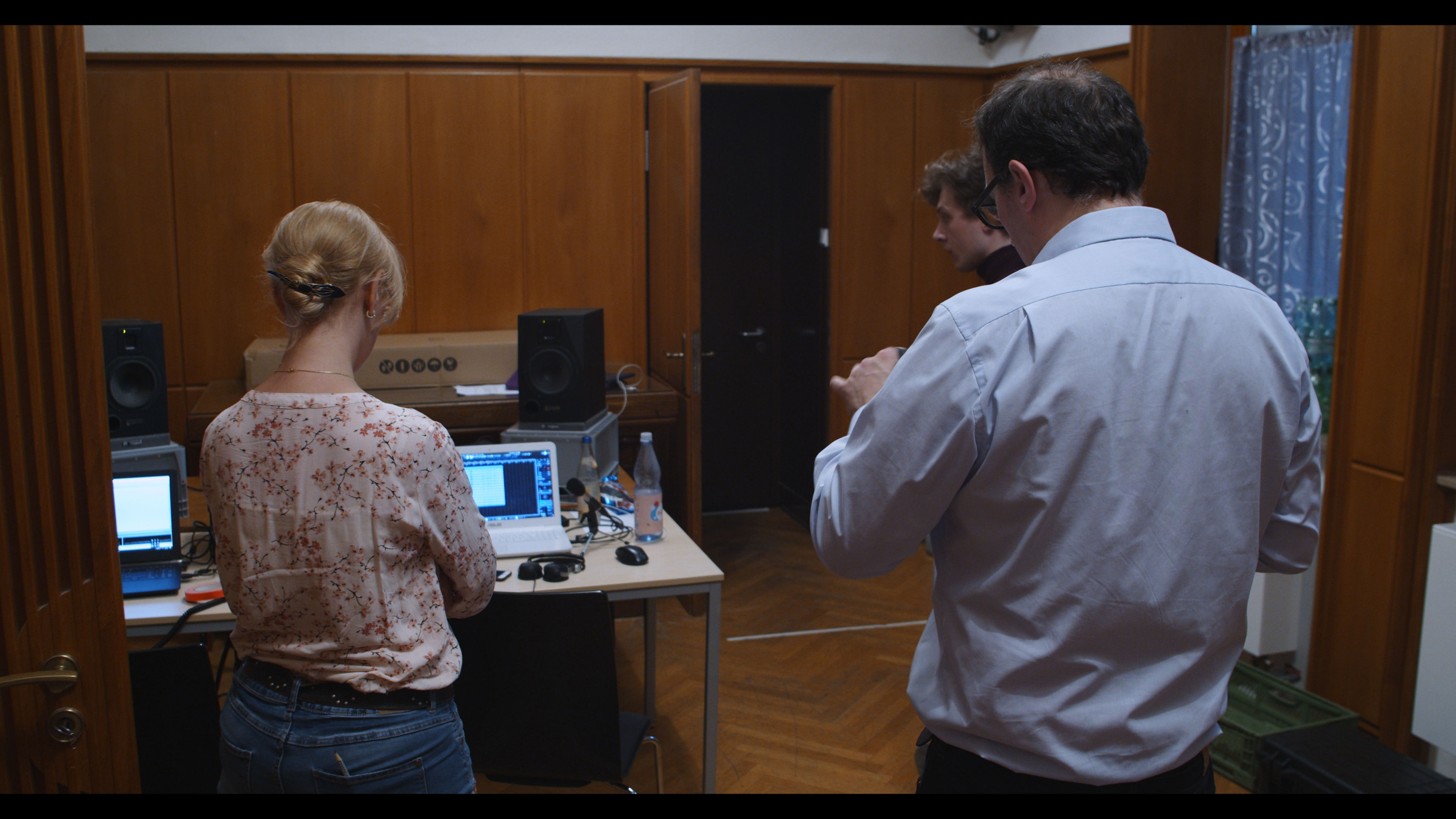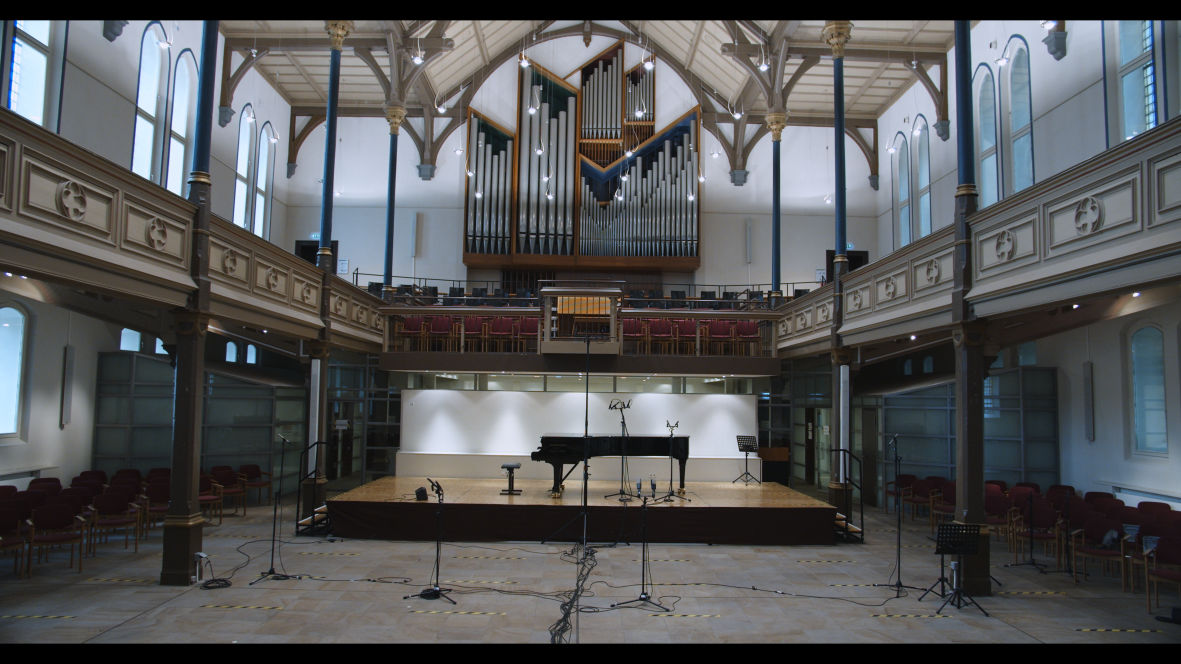The perfect mix between Mendelssohn and Brahms!
Heinrich Hofmann's Piano Trio, Op. 18, stands as a testament to the composer's remarkable talent and craftsmanship in the realm of chamber music. Born on January 13, 1842, in Berlin, Heinrich Hofmann embarked on a musical journey that would see him explore various forms and genres, leaving behind a legacy that, although obscured by time, is rich with artistic merit.
Composed during a period of great musical innovation and cultural change, the Piano Trio, Op. 18, reflects the romantic sensibilities of its time while showcasing Hofmann's unique musical voice. The work is structured in accordance with the classical sonata form, yet Hofmann's inventive melodic ideas and harmonic language imbue it with a freshness and vitality that captivates the listener.
Mendelssohn's influence on Hofmann's music is evident in his ability to craft emotionally evocative melodies within classical forms, as seen in works like his Piano Trio, Op. 18. Similarly, Brahms's meticulous attention to structure and harmonic exploration left a lasting mark on Hofmann's compositional style, enriching his chamber music and piano compositions with depth and complexity. While Hofmann's music maintains its distinct voice, echoes of both Mendelssohn and Brahms can be discerned in its lyrical beauty and harmonic richness.
The opening movement, typically marked Allegro or Vivace, unfolds with a sense of urgency and purpose. Hofmann's gift for melody is evident from the outset, as he weaves intricate motifs and thematic material throughout the movement, creating a tapestry of sound that is both engaging and compelling.
The second movement, often a slow and introspective Adagio or Andante, provides a moment of respite from the fervor of the first. Here, Hofmann demonstrates his mastery of lyrical expression, crafting a melody that soars above the accompanying piano and cello, transporting the listener to a world of sublime beauty and emotion.
The third movement, typically a scherzo or minuet, injects a sense of playfulness and lightness into the work. Hofmann's use of rhythmic vitality and thematic development keeps the listener on their toes, while moments of contrast provide depth and complexity to the musical narrative.
Finally, the fourth movement, often a lively Allegro or Presto, brings the trio to a thrilling conclusion. Hofmann's skillful manipulation of form and structure ensures a satisfying resolution to the musical journey, leaving the listener invigorated and uplifted.

